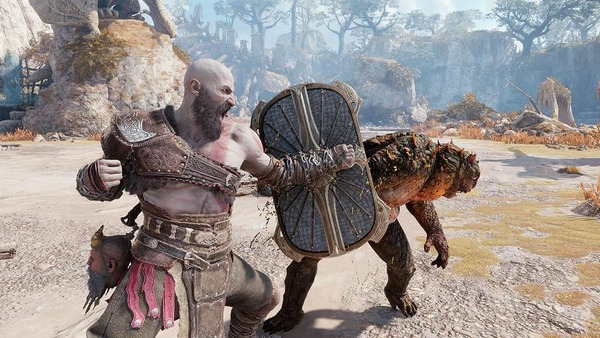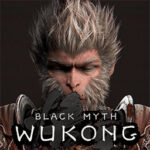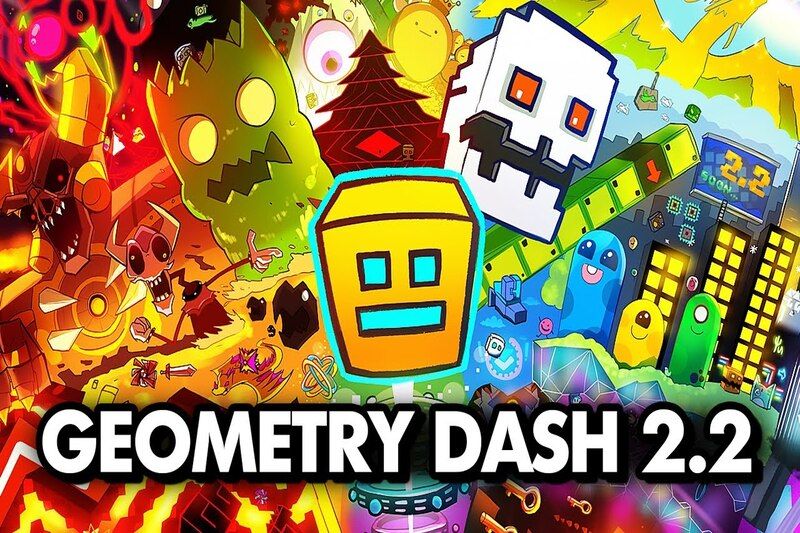Popular Now
Introduction
Since its release in 2017, The Legend of Zelda: Breath of the Wild has redefined the open-world genre with its vast landscapes, physics-based interactions, and freedom-driven gameplay. However, one feature that has sparked intense debate among players is the weapon durability system. Unlike most RPGs or past Zelda titles where weapons remain with the player indefinitely, Breath of the Wild forces players to constantly swap weapons as they break during use. This mechanic has received both praise and criticism for its impact on gameplay, immersion, and the overall experience.
This article explores the weapon durability system through ten stages, tracking its origins, implications, and legacy. Each section examines a specific aspect of how weapon degradation affects players, game design philosophy, and the future of the Zelda series.
1. Origins of the Durability Mechanic in Zelda
Weapon durability is not a new concept in video games. Titles like Minecraft, Dark Souls, and Monster Hunter incorporate systems where weapons degrade over time. However, in The Legend of Zelda, this was a radical departure from tradition. In older entries like Ocarina of Time or Wind Waker, players obtained iconic tools—Master Sword, Hookshot, Bow—that never broke.
Nintendo’s development team, led by Hidemaro Fujibayashi and producer Eiji Aonuma, introduced the system to align with their goal of "relearning" Zelda’s conventions. Their vision was to encourage players to adapt, improvise, and explore rather than rely on a fixed set of weapons throughout the game.
This philosophy was rooted in the idea of "chemistry and physics"—a sandbox where elements interact naturally. Durable weapons would contradict this design by making combat predictable and overly reliant on superior gear.
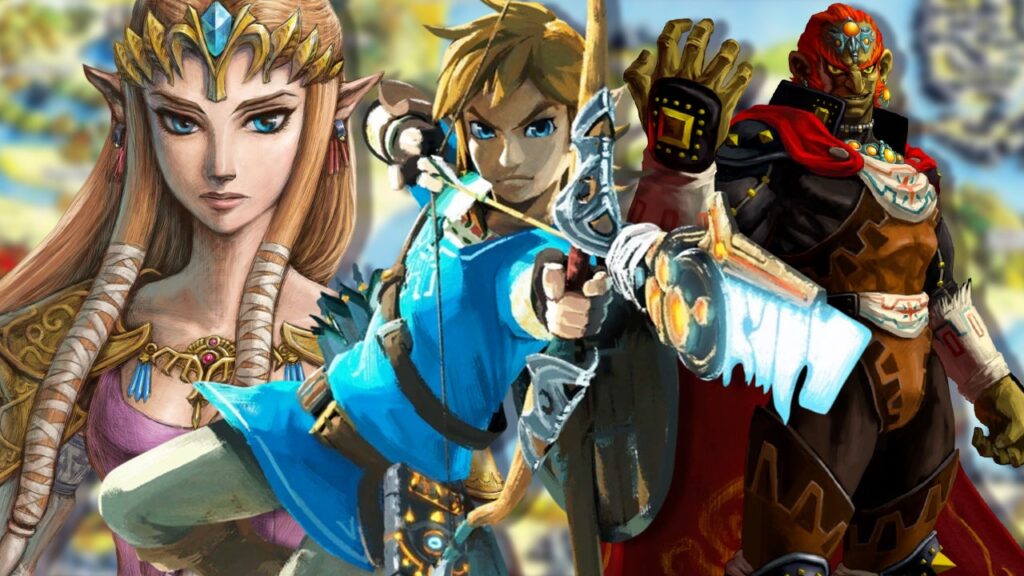
2. The Player’s First Encounter: Confusion and Frustration
Early in the game, players pick up weapons like tree branches or Bokoblin clubs. After a few hits, they break. With no prior warning or in-depth tutorial explaining this system, players often find themselves confused and irritated.
The initial hours of gameplay become a test of resilience. Many players report hoarding their best weapons for fear of losing them, choosing to battle enemies with weak items. This hoarding behavior reflects a conflict between player psychology and intended game mechanics.
The lack of clarity and abruptness in weapon breakage disrupts immersion for some, turning what should be thrilling combat into anxiety-inducing inventory micromanagement.
3. Mid-Game Learning Curve: Strategic Resource Management
As players progress, they begin to understand and adjust to the mechanics. Combat strategy shifts from brute strength to efficient resource management. Knowing when and how to use a weapon becomes more important than simply having it.
Players learn to juggle multiple weapon types—swords, axes, elemental rods—and use weaker weapons on minor enemies while saving stronger gear for boss battles. This creates a meta-layer of decision-making.
The need to manage resources in combat encourages players to explore more of the game world in search of replacements. This directly supports Nintendo’s intention to promote curiosity and movement across the map.
4. Environmental Synergy: Encouraging Creative Combat
One of the most praised outcomes of the durability system is how it nudges players toward environmental solutions. Instead of always engaging enemies with weapons, players can:
-
Use bombs to avoid consuming weapon durability.
-
Roll boulders to crush enemies.
-
Set grasslands on fire to damage and scatter foes.
-
Use Magnesis to drop metal crates on enemies.
This freedom in combat style turns each encounter into a mini puzzle, where brute force is only one of several possible approaches. The fragility of weapons pushes players to become more inventive and make the most of their environment.
5. Emotional Impact: Loss and Attachment
Despite its functional role, weapon durability has a strong emotional impact. Players form attachments to rare or uniquely designed weapons, only to lose them after a handful of uses. This creates a sense of grief or loss.
For example, after defeating a Lynel and acquiring its savage weapons, players may hesitate to use them. The knowledge that these beautiful, powerful items will soon shatter discourages engagement rather than fostering enjoyment.
This emotional tension contradicts traditional RPG design, where acquiring a rare weapon is a moment of empowerment. In Breath of the Wild, it often becomes a moment of dread.
6. Inventory Management and Hoarding Behavior
With limited inventory slots, players are forced to make hard decisions about which weapons to carry. Korok Seeds allow expansion, but require extensive exploration and side-questing.
This limitation reinforces the need to rotate gear constantly. However, it also leads to micromanagement. Pausing mid-combat to switch weapons interrupts the flow and can feel clunky.
The result is a dual effect:
-
Strategic players thrive under pressure.
-
Casual players feel burdened by the constant need to manage items.
Many hoard rare weapons, using only the weakest tools and defeating powerful enemies with minimal resources, further amplifying the disconnect between power and utility.
7. The Master Sword: A Conditional Exception
The Master Sword, Zelda’s iconic blade, offers a partial reprieve. While it does lose energy and requires a cooldown, it never permanently breaks. This makes it the only reliable weapon in the game.
However, the Master Sword’s effectiveness is limited. It only glows with true power near areas of evil, such as Hyrule Castle or when fighting Calamity Ganon’s minions. Outside of these zones, it performs like a mid-tier weapon.
This design maintains the core philosophy of impermanence while giving players a safety net. It’s a compromise that partially addresses player complaints without abandoning the system entirely.
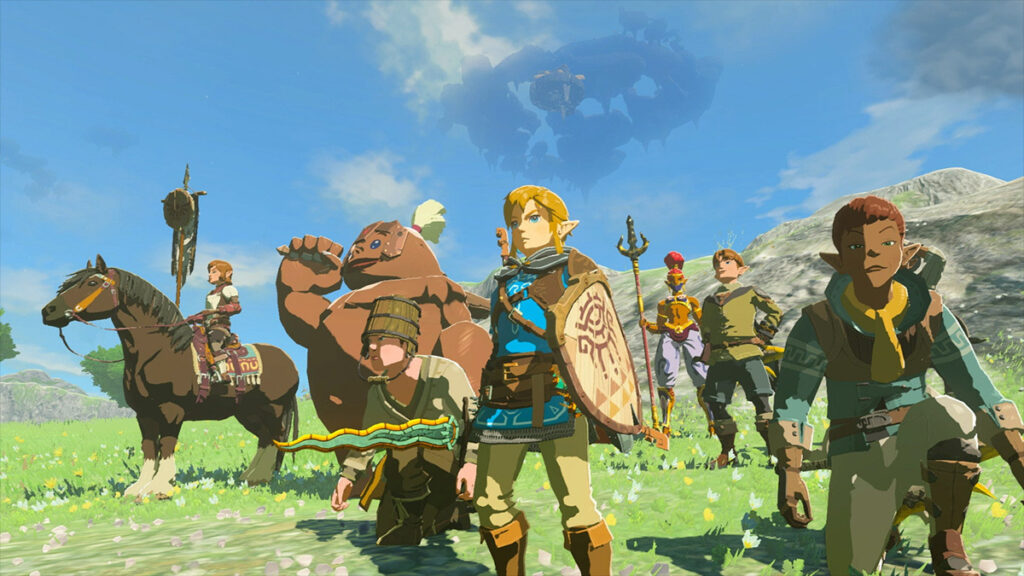
8. Community Response: Divided Opinions
Fan and critic reactions to the weapon durability system are sharply divided. Some view it as a brilliant mechanic that enhances realism and promotes creativity. Others consider it one of the game’s biggest flaws.
Common criticisms include:
-
Too frequent breakage.
-
Lack of repair or reforging options.
-
Interruptions in combat flow.
Conversely, defenders argue that it elevates the survival feel of the world and keeps players constantly engaged. Reddit threads, YouTube essays, and fan mods disabling durability show how polarizing the system remains.
9. Comparative Game Design: Lessons from Other Franchises
When comparing Zelda’s system to games like Dark Souls, Skyrim, or Monster Hunter, we see differing philosophies:
-
Dark Souls allows weapon repair and makes durability a minor factor.
-
Skyrim has permanent weapons with upgrade paths.
-
Monster Hunter uses sharpness instead of durability, encouraging maintenance mid-battle.
Breath of the Wild stands apart by refusing repairs entirely. This bold move aligns with the idea that everything in the world is temporary—including weapons, weather, and even stamina.
While this makes sense philosophically, it also places unique burdens on players unused to such impermanence.
10. Evolution in Tears of the Kingdom: Learning from Feedback
In Tears of the Kingdom, Nintendo revisited the durability system with an evolved approach. The new fusion mechanic allows players to combine objects to create enhanced or extended-lifespan weapons.
This adds personalization and mitigates some of the previous frustrations. Players can now:
-
Extend the life of worn weapons.
-
Fuse monster parts to boost stats.
-
Create experimental combinations for unique effects.
This evolution reflects Nintendo’s willingness to listen and adapt. Rather than removing durability, they refined it into a more flexible system that respects the original design while reducing pain points.
Conclusion
The weapon durability system in The Legend of Zelda: Breath of the Wild is one of its most defining and divisive features. Born from a philosophy that values adaptability and interaction over permanence, it reshaped how players approach combat, exploration, and inventory management.
While it encourages creativity and aligns with the game’s open-world ideals, it also causes emotional dissonance and gameplay interruptions for many. The system's evolution in Tears of the Kingdom shows that game design is a living dialogue between creators and players.
Whether you love or hate it, the durability mechanic challenged players to think differently, adapt constantly, and find joy in the transient. And in doing so, it left an indelible mark on the Zelda legacy.
